El control electrónico en el sistema penal
dc.contributor
Universitat Autònoma de Barcelona. Departament de Ciència Política i de Dret Públic
dc.contributor.author
González Blanqué, Cristina
dc.date.accessioned
2011-04-12T14:42:11Z
dc.date.available
2008-11-20
dc.date.issued
2008-06-17
dc.date.submitted
2008-11-20
dc.identifier.isbn
9788469165744
dc.identifier.uri
http://www.tdx.cat/TDX-1120108-151704
dc.identifier.uri
http://hdl.handle.net/10803/5092
dc.description.abstract
Electronic control is any electronic device that enables to control an individual at a given distance. Different monitoring technologies allowing for diverse forms of control are included within this concept. Its use is introduced in the US criminal justice system in the mid 1980s and has since developed very fast and been extended to the UK and other European countries. The main use of electronic control in the various countries has been to secure home arrest orders and in the correctional arena. Electronic monitoring represents only a small percentage of all community penalties imposed during the 1990s both in the UK and in the US; however, more recent data shows how for instance in the UK its use expands to up to 17% of community penalties. Regarding its use in the Spanish legal system, it must be pointed out that in spite of affecting various fundamental individual rights electronic monitoring may be adopted in a way which is respectful with our constitutional order. On the other hand, the limited normative development of the measure has to be underlined, in relation to art. 48 of the criminal code, permanent localization orders and the framework of art. 86.4 of the penitentiary regulation. On the basis of empirical research undertaken in various countries it may be sustained that electronic monitoring constitutes a measure that can fulfil the various aims traditionally attributed to criminal sanctions, and that it adds punitive content and an incapacitating effect upon those non correctional sentences with which it is imposed. In this direction, we may defend an expansion of the use of electronic monitoring in the Spanish criminal law system because it is capable of reducing the use of imprisonment if it is imposed in more serious cases and to individuals who pose a greater risk than those who could be sanctioned with an alternative penalty without electronic control.
cat
dc.format.mimetype
application/pdf
dc.language.iso
spa
dc.publisher
Universitat Autònoma de Barcelona
dc.rights.license
ADVERTIMENT. L'accés als continguts d'aquesta tesi doctoral i la seva utilització ha de respectar els drets de la persona autora. Pot ser utilitzada per a consulta o estudi personal, així com en activitats o materials d'investigació i docència en els termes establerts a l'art. 32 del Text Refós de la Llei de Propietat Intel·lectual (RDL 1/1996). Per altres utilitzacions es requereix l'autorització prèvia i expressa de la persona autora. En qualsevol cas, en la utilització dels seus continguts caldrà indicar de forma clara el nom i cognoms de la persona autora i el títol de la tesi doctoral. No s'autoritza la seva reproducció o altres formes d'explotació efectuades amb finalitats de lucre ni la seva comunicació pública des d'un lloc aliè al servei TDX. Tampoc s'autoritza la presentació del seu contingut en una finestra o marc aliè a TDX (framing). Aquesta reserva de drets afecta tant als continguts de la tesi com als seus resums i índexs.
dc.source
TDX (Tesis Doctorals en Xarxa)
dc.subject
Control electrónico
dc.subject
Nuevas tecnologías
dc.subject
Penología
dc.subject.other
Ciències Socials
dc.title
El control electrónico en el sistema penal
dc.type
info:eu-repo/semantics/doctoralThesis
dc.type
info:eu-repo/semantics/publishedVersion
dc.subject.udc
343
cat
dc.contributor.authoremail
cristina.gonzalez@uab.cat
dc.contributor.director
Larrauri, Elena
dc.rights.accessLevel
info:eu-repo/semantics/openAccess
cat
dc.identifier.dl
B-44144-2008


